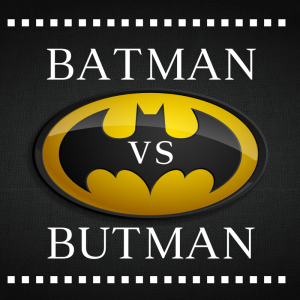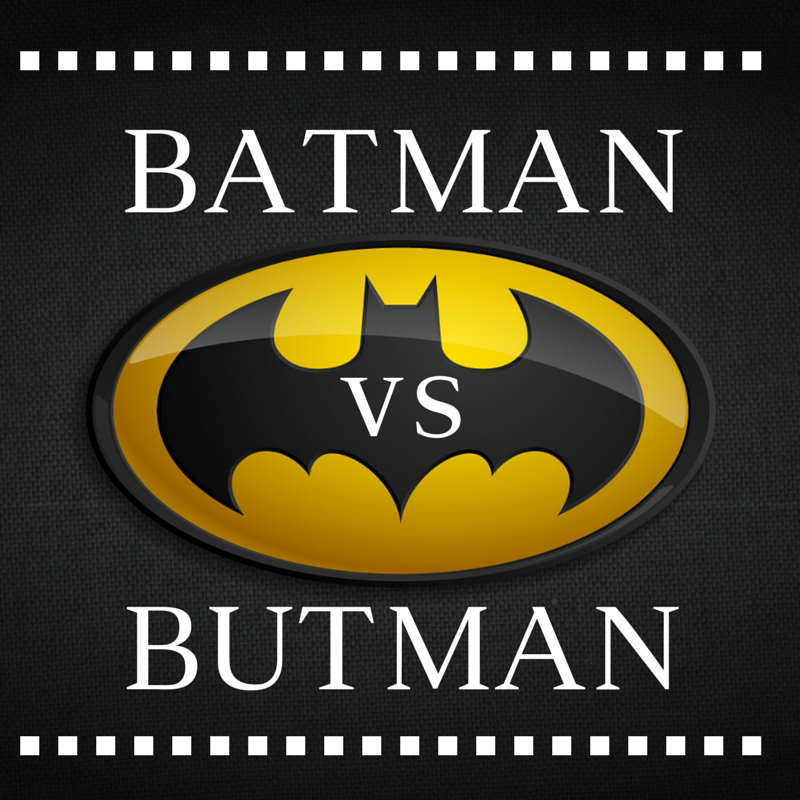Yes, I meant But-man! I’m sure you’d prefer Butt-man, BUT today I want to talk about conjunctions and other writing tools that have played a big part in my writing. I’m an English teacher, and there’s no way that part of me will ever not be in my writing. To be honest, I’m not perfect. My students can tell you. The rules are always changing, and the most prolific authors are known for pushing, if not stepping out of the boundaries of said rules. More than anything I want to make an impact on my readers, so lets take a look at a few ways my words (and yours) can do that.
#1 Holy, flippin’ FLUIDITY, Batman!
Conjunctions can be your friend, yet overuse can lead to readers becoming confused or bored. Sometimes sentences get choppy. Other times sentences go on and on, and the words get all pretentious, yet the story feels like it won’t ever end like the sentence you started three or four lines ago. One of the ways I like to make sure my story is flowing, is to read it out loud. I try not to word it all out in the middle of Starbucks, but I do find myself reading excerpts in the car or at home after everyone has gone to bed. You can also use a beta reader. Having a third party (because you and your characters are already involved) provide an objective opinion can help you figure out what voice the reader is hearing versus what you think they should be hearing. Plus, they can point out words you use repeatedly and ask questions that you may need to consider answering throughout your story. Fluidity is achieved after a heck of a lot of work, but it’s worth it to have happy active readers.
 #2 BANG, ZOOM, POW, Batman!
#2 BANG, ZOOM, POW, Batman!
There is nothing worse than a sentence or paragraph that falls flat. Oomph. The words get all blurry and smeared together, and the readers finds themselves going back to read it again because they forgot what just happened. I’m not suggesting you include a POW in every sentence, but I am encouraging you to make sure that every sentence takes you somewhere. To ensure that your story moves forward, your words have to move. If you’re too busy describing the pink hues of horizon, I’m going to set the book down and go for a walk into my own sunset. The pink hues need to be mentioned because they’re a result of something pertinent to the plot or characters. Maybe the pink hues remind you of the soft, pink skin of your newborn baby? Or, your character focuses on the pink hues while his heart is filled with hatred for the girl that’s walking away? Make your words do more.
#3 PURPOSE *rubs hands over each other maniacally*
Batman is known as much for his heroics as he is for his villainous ways. The key to a good story is telling it. Get to the point and make sure you don’t drown your characters and plot in extra words. Subplots are a good thing (look at Harry Potter), but if they don’t contribute to your main plot, they’re not worth your time to write or your readers time to wade through. There are a few ways to avoid an oversaturated novel, and my favorite is to outline. I’m a beast with notecards. Choosing three to four points to make in each chapter, and outlining through five to ten chapters at a time is the best way I work. Another option is to create a timeline. You can make one for the story, or you can make one for each character to ensure that they intertwine.
Regardless of the writing you’re doing, we can all use a reminder that keeping the reader at the forefront of our thoughts is imperative. Just like any good superhero, our job is to save their day not our own. Getting lost in a chapter or hitting a roadblock isn’t about the reader, it’s usually a sign of our own stubbornness. We can choose to stay in our Bat Cave or we can get out on the page and write a story for an audience in serious need of a Superwriter!


